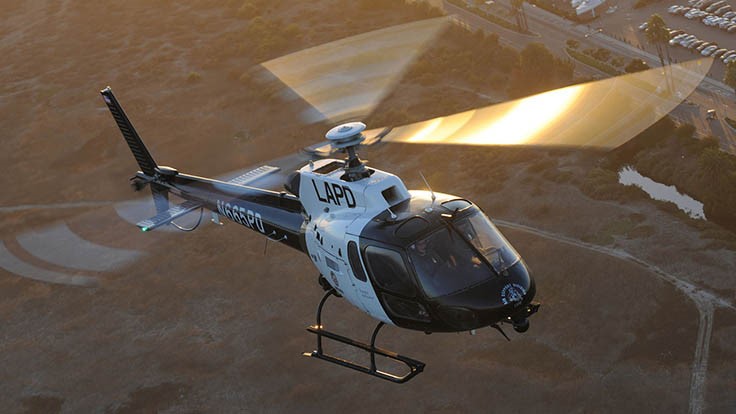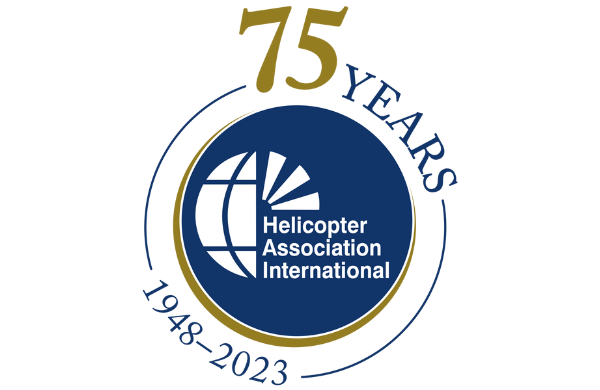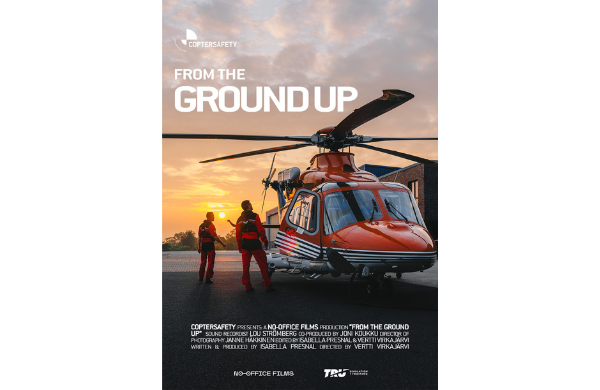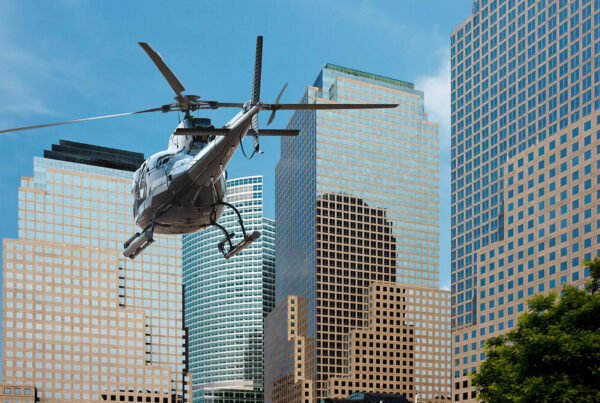Andrew Rene Hernandez is facing up to one year in prison following his actions on 18 September 2020, when his drone struck and damaged a Los Angeles Police Department (LAPD) helicopter, which was investigating an incident at a pharmacy not far from his home. Hernandez pleaded guilty, last week, to a sole account of misdemeanour unsafe operation of an unmanned aircraft.
The LAPD Airbus H125 AStar unsuccessfully tried to avoid the drone, but instead suffered damage to its nose, antenna and lower cowling. Following the collision, pieces of the DJI Mavic Pro drone, s/n 08Q3G9KP01W033, fell through the back window of a parked Toyota Corolla. The LAPD located the drone wreckage and used its serial number, onboard video and eyewitnesses to help trace Hernandez.
This is the second incident where a helicopter has collided with a drone over LA, the other occurred in 2019 when a television news helicopter damaged its right horizontal stabiliser when making contact with an airborne drone.
I find it remarkable that only two incidents have occurred, thankfully without the loss of life. In both cases, the helicopter made a rapid precautionary landing.
Here in the UK, the media furore focuses on airliners and their contact with drones. The most significant of which resulted in Gatwick Airport being closed in December 2018, following alleged sightings of drones within the restricted airspace around the airfield. The incident made headlines around the world, although ultimately Sussex police ended up arresting a couple who were later released without charge and received a substantial pay-out in damages over their false arrest.
I am left wondering how many incidents involving helicopters take place and why they receive far less media coverage, perhaps only making the local press, when they do occur. With the increased reliance on helicopters in the fight against COVID-19, it’s been fortunate that no incidents similar to the one in LA have resulted in a loss of life for these dedicated HEMS crews.
But we are not out the woods yet. Due to commercial and financial pressures now faced by retailers, the ‘dawn of the delivery drone’ is almost upon us. Where will this leave the helicopter pilot? It’s always been a complex ballet of push and pull in the cockpit to keep a helicopter in the air. Now, the need to keep a look out for an irresponsibly flown drone, that may only be the size of a small book, has been added to an already busy pilot’s to-do list. Even with the CAA restricting drones to an operating height of 400 feet, there will always be those that will flout this rule. Hopefully, perhaps, having watched how HEMS crews across the UK have toiled against COVID-19 in 2020, and continue to do so, those looking for a remote-controlled thrill will use a bit more of their ‘grey matter’ and operate their drones within the CAA’s rules and save us from dangerous incidents in the future like the one in LA.








